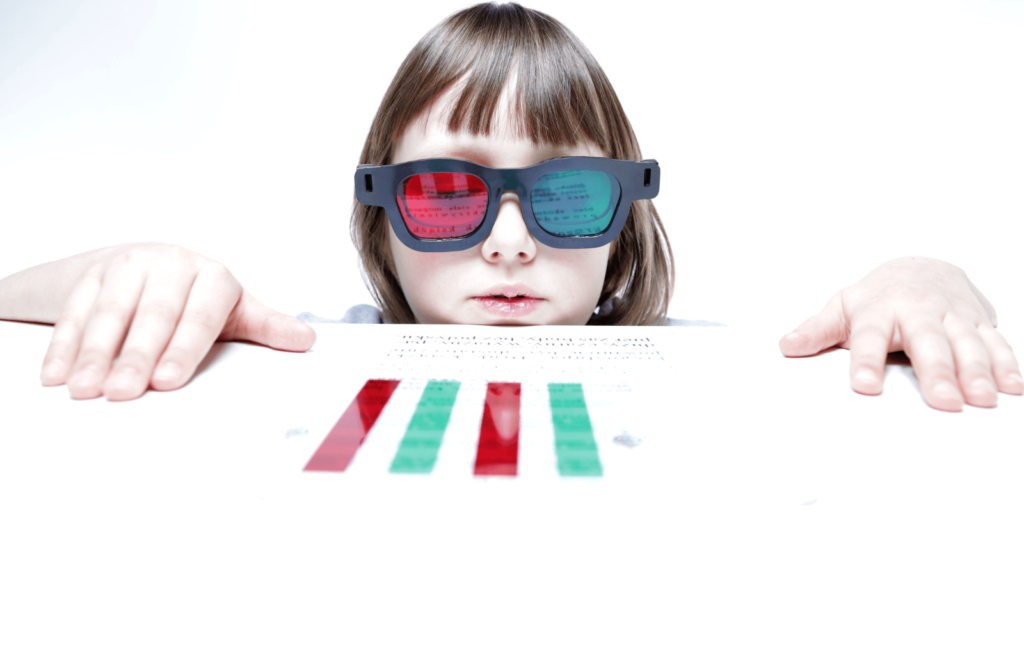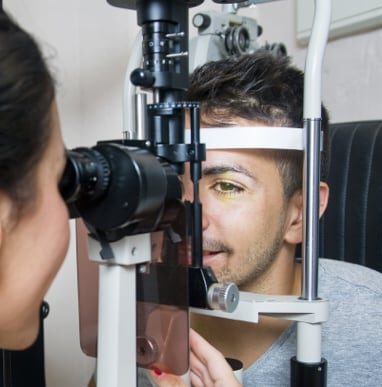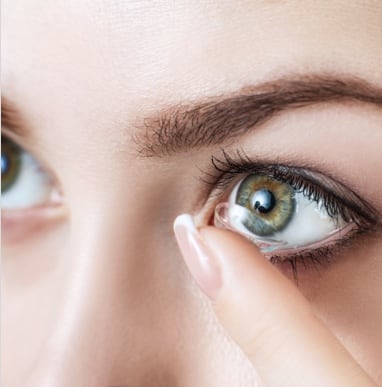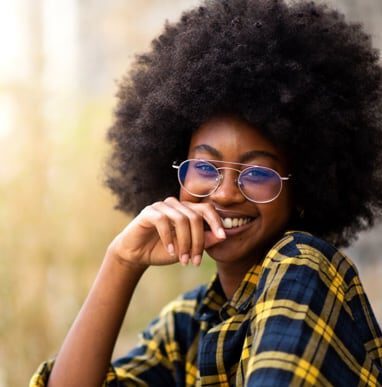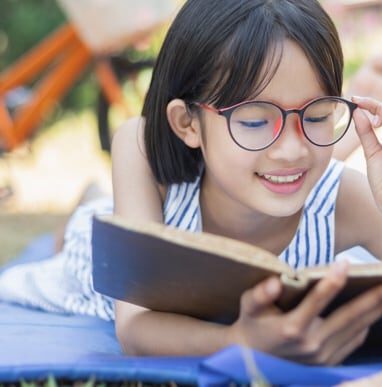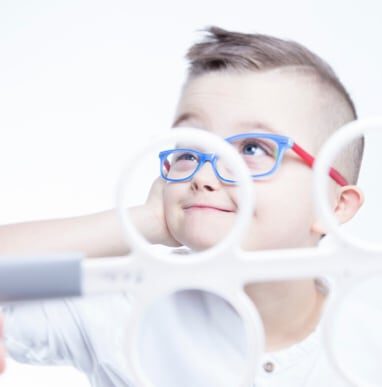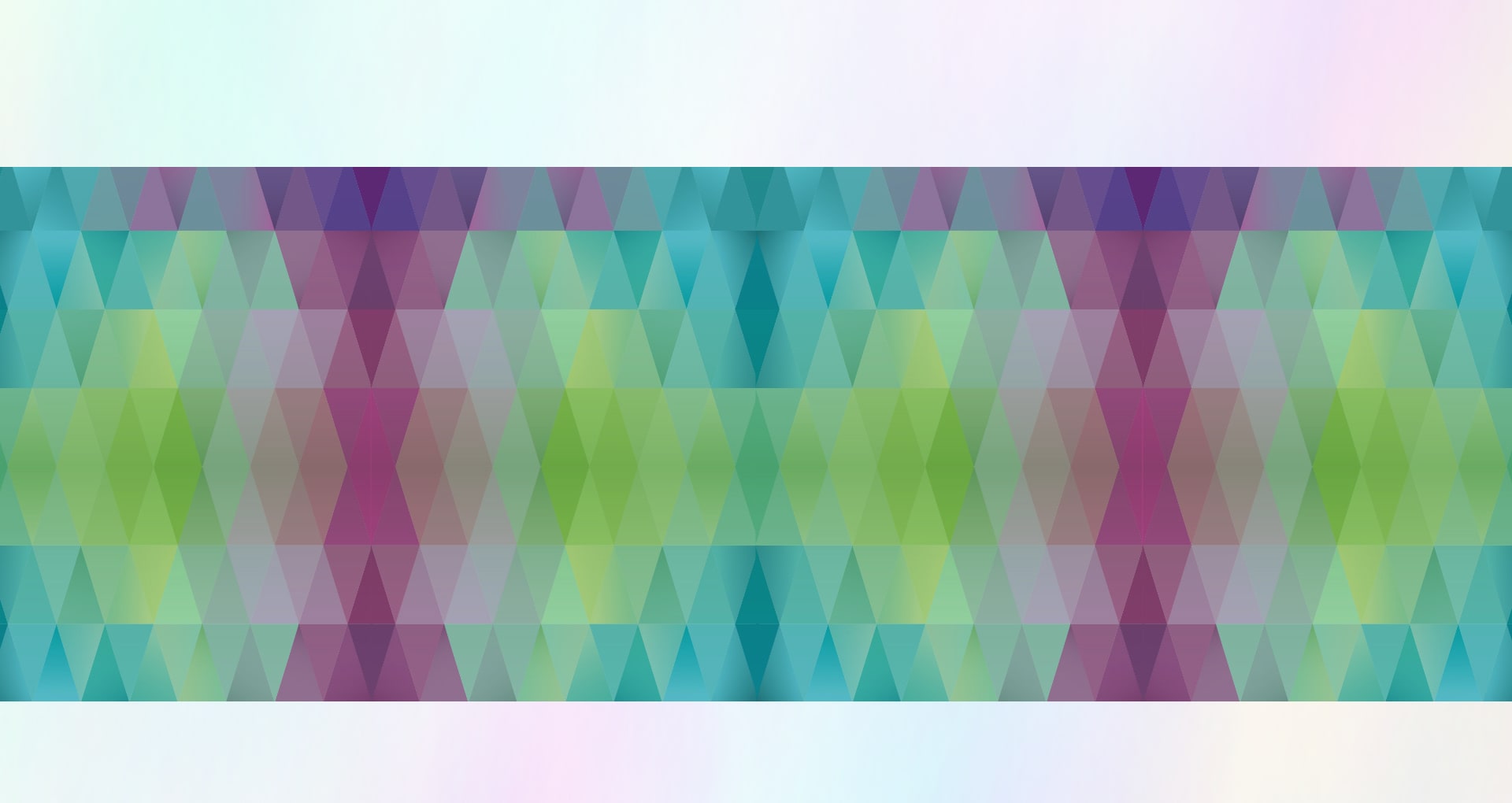Vision therapy is an excellent way to improve the relationship between the eyes and the brain, helping vision function at its best. Doctors can recommend vision therapy for patients of any age, but this treatment is common in children. Is there a reason vision therapy benefits children?
Continue reading to learn more about vision therapy, including what it is, how it works, and why it benefits children.
The Importance of Your Child’s Vision
Your child’s vision is precious and essential for their learning, social interactions, and other aspects of daily life as they grow. Approximately 80% of your child’s learning is visual, and vision is especially important during school. Undiagnosed vision problems can affect your child’s academic performance and self-esteem.
The visual skills your child develops as they grow up assist them in daily life, including:
- Depth perception
- Simultaneous focus from all distances
- Peripheral vision
- Central vision
- Eye movement control
These skills are important, but problems can develop in childhood and lead to poor vision. These problems may not affect your child’s eyesight, but they can affect their overall visual function. Glasses and contact lenses may not fix these problems, making vision therapy necessary to improve your child’s vision.
Visual Acuity & Visual Function
Vision therapy can be tough to grasp—your sight can be confusing. Essentially, your vision is more than how clearly you can see. It includes how well your eyes function in everyday life.
Let’s break this down into easy-to-understand definitions:
- Visual acuity: Visual acuity is the sharpness or clarity of your vision. It’s what most people know as your eyesight, the thing we test using an eye chart in your eye exam.
- Visual function: Visual function is a term for how your eyes work, such as eye tracking, focusing, depth perception, and other skills.
Even if your child can see well and clearly, they may have issues with their visual function. Vision therapy can improve visual function, helping your child’s vision work at its best.
What Is Vision Therapy?
Vision therapy is a treatment focused on improving a patient’s visual skills. A vision therapy program includes many exercises supported by trained therapists. The goal is to help the eyes more efficiently complete tasks, changing how effectively the eyes, eye muscles, brain, and entire visual system work.
During vision therapy, your child receives in-office and at-home exercises to help improve the connection between their eyes and brain.
Your child may benefit from vision therapy if they have any of the following problems:
- Read below their grade level
- Reverse letters like b, d, p, & q
- Write numbers backward
- Judge depth poorly
- Lose their place or miss words when reading
- Confuse similar letters
What Can Vision Therapy Treat?
Vision therapy can help treat many eye-related problems. Your optometrist can assess whether or not vision therapy can help your child’s vision needs. They may benefit from treatment if they develop any of the following problems:
- Convergence insufficiency
- Amblyopia
- Strabismus
- Double vision
- Eye teaming & tracking problems
- Focusing difficulties
- Eye fatigue
- Depth perception
- Eye-hand coordination issues
How Does Vision Therapy Work?
Vision therapy helps improve the relationship between your child’s eyes and brain. While your child’s eye muscles may have the needed strength and clear sight, they may lack the coordination for good vision. This imbalance is where vision therapy comes in—it helps retrain the parts of your child’s vision that aren’t working as effectively as they could.
Depending on your child’s unique needs, your eye doctor may have several goals for vision therapy, including:
- Developing or improving necessary visual skills
- Improving visual comfort & efficiency
- Changing how your child processes information
Your child meets these goals by completing different exercises during in-office appointments and at-home tasks. These exercises become more challenging to help strengthen your child’s weaker visual skills.
Additionally, your eye doctor may utilize several supportive tools during vision therapy to help improve your child’s abilities, such as:
- Therapeutic eyeglass lenses
- Prismatic lenses
- Filters (colored & tinted lenses)
- Balance boards & other tools
- Specialized computer programs & technology
When Can You Expect Visible Results?
Vision therapy programs are unique to each patient—treatment lasts as long as necessary. Some patients only need a few weeks to improve their visual skills, while others may need longer.
How Does Vision Therapy Benefit Children?
Vision therapy can be beneficial for children because their vision is still developing. This makes improving the relationship between the eyes and brain easier.
Many conditions like amblyopia need treatment as early as possible because they become harder to treat as an adult. Early detection and treatment are recommended for children’s eye conditions to avoid potential complications.
While anybody at any age can benefit from vision therapy, a vision therapy program may take longer for an adult than a child because their brain is more developed.
See the Benefits of Vision Therapy
Vision therapy can help your child’s vision function at its best. Several exercises can help improve their vision at home or in your eye doctor’s office.
Contact your optometrist at Vision Care Center if you’re interested in vision therapy for your child. They can address any questions or concerns and assess if this treatment suits your child’s needs.


